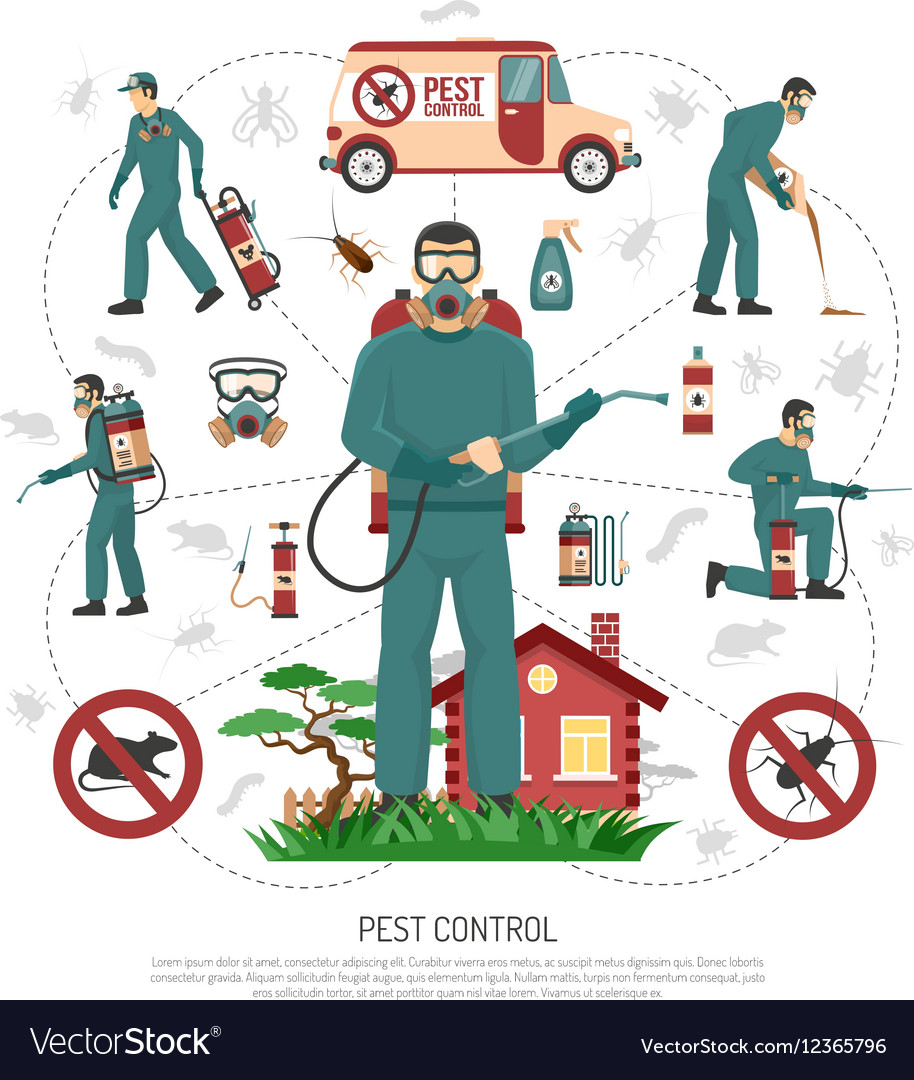The Duty Of Insect Exterminators In Environmental Sustainability
The Duty Of Insect Exterminators In Environmental Sustainability
Blog Article
Developed By-Morales Vang
You might think that insect exterminators are only concerned with getting rid of insects, yet their function goes beyond that. They play an important part in environmental sustainability.
By using integrated insect administration strategies, they not only remove bugs however likewise safeguard biodiversity.
Furthermore, they utilize sustainable insect extermination techniques to mitigate ecological dangers.
So, next time you question the significance of parasite exterminators, remember their payment to a greener and much healthier world.
The Value of Integrated Insect Monitoring
You must recognize the value of integrated parasite management in maintaining a lasting setting.
Integrated Pest Administration (IPM) is a method that focuses on avoiding and controlling bugs while reducing using damaging chemicals. By executing IPM techniques, you can efficiently manage bug populaces without triggering injury to the setting.
One crucial element of IPM is the use of biological controls, such as predators and bloodsuckers, to normally regulate pest populaces. This reduces the requirement for chemical pesticides, which can have destructive results on wild animals and environments.
Furthermore, IPM promotes making use of social and physical controls, such as plant rotation and exclusion methods, to stop bugs from coming to be a trouble in the first place.
Safeguarding Biodiversity Via Bug Control
We can safeguard biodiversity with efficient parasite control techniques that focus on the conservation of all-natural environments. By utilizing liable parasite control techniques, we can protect and preserve the delicate balance of types within our setting. Here are three methods which insect control adds to safeguarding biodiversity:
- ** Maintaining native vegetation and fauna ** - By targeting intrusive species that endanger indigenous plants and animals, parasite control helps make sure the survival of indigenous varieties and preserves the all-natural diversity of ecosystems.
- ** Preventing the spread of conditions ** - Regulating bugs such as mosquitoes and ticks lowers the danger of illness spreading to wild animals populaces, shielding biodiversity and preventing potential outbreaks.
- ** Preserving threatened types ** - By managing bugs that take advantage of or take on jeopardized species, parasite control initiatives can improve the possibilities of survival and advertise the healing of prone populaces.
With liable bug control strategies, we can actively contribute to the preservation of biodiversity and the sustainability of our environment.
Mitigating Environmental Threats With Sustainable Insect Elimination Approaches
By using lasting bug extermination methods, you can properly minimize ecological dangers while guaranteeing the safety and well-being of both human beings and the natural environment. Standard parasite control methods usually entail using damaging chemicals that can have destructive effects on the environment.
However, lasting pest elimination methods concentrate on reducing these dangers by utilizing eco-friendly options. As an example, incorporated parasite administration (IPM) methods prioritize the use of safe and naturally degradable products, along with natural predators to control pest populations. This approach not only lowers the adverse impact on the environment but additionally assists to preserve the delicate balance of the ecosystem.
Additionally, sustainable bug extermination approaches promote the preservation of biodiversity by targeting specific insects without harming useful organisms. By embracing these techniques, you can contribute to an extra sustainable and environment-friendly technique to pest control.
Conclusion
You are the pest exterminator, the guardian of nature's consistency. With integrated insect management, you stabilize the fragile environment, making sure the survival of varied varieties.
With sustainable techniques, you alleviate ecological dangers, keeping the delicate balance undamaged.
Like Structural modifications , you coordinate the rhythm and circulation, protecting the biodiversity that dances in best harmony.
With Safety certifications take, you develop a globe where nature prospers, where insects pull back, and where sustainability preponderates.
